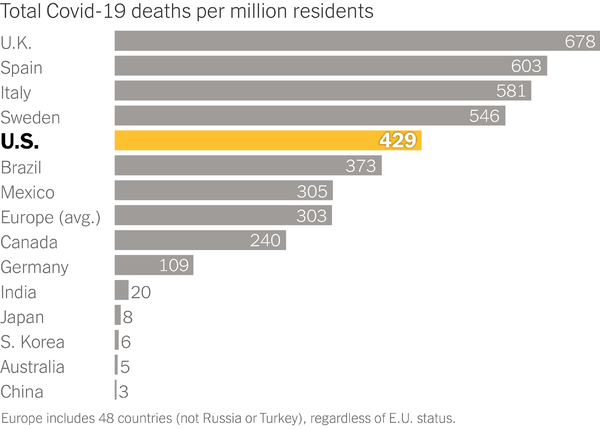Oregon’s Supreme Court ruled that the $500,000 cap on such damages under state law violated the constitutional guarantee of access to a remedy in the courts.
“In enacting the damages cap (in 1987), the Legislature left defendants’ common-law duty of care intact, but deprived injured plaintiffs of the right to recover damages assessed for breach of that duty,” Chief Justice Martha Walters concluded for the court majority of five.
A man who lost his left leg after a garbage truck struck him in March 2015 will now get a chance to argue for an award of noneconomic damages exceeding $500,000. The business had already conceded liability for the injury, so the sole issue was the amount of damages.
Scott Raymond Busch, now 62, was awarded $10.5 million in noneconomic damages — known as “pain-and-suffering damages” — plus $3 million in economic damages by a jury in May 2016. Busch’s left leg ended up under the truck and had to be amputated above the knee. Circuit Judge Michael Greenlick then reduced the award for noneconomic damages to the $500,000 allowed under a 1987 law. (That amount, if linked to inflation, would be slightly less than $1.2 million today.)

